So far, 2013 has brought with it a number of changes to Google's Android strategy. More and more apps and services are being separated from the core of the operating system to allow for easier updating. Google didn't take advantage of Google I/O to announce a new version of Android, and what we've seen of the rumored version 4.3 suggests that it will be a relatively minor update. And Google is working with its partners to sell versions of their high-end smartphones that run stock Android instead of those partners' respective Android skins.
The roster of so-called Google Play-edition phones doesn't replace Google's tailor-made Nexus products, but it does augment them—if you don't like the design of the Nexus 4 or its lack of LTE, these handsets are intended to give you the stock Android experience running on the best hardware anyone is making today. Samsung's Galaxy S 4 and the HTC One are the first two phones on offer, and we'll look at the One here.
Whether you prefer the stock Android experience to HTC's Sense and its add-ons is largely a matter of taste, but there are some things about the Google Play edition of the phone that are objectively better, worse, and just plain different from the standard edition. It is to these aspects of the phone that we'll be paying the most attention. For more on the standard edition of the One, our review of it is here; more detailed information on Android 4.2 is here.
The hardware
| Specs at a glance: HTC One Google Play edition | |
|---|---|
| Screen | 1920×1080 4.7-inch (468 PPI) Super LCD 3 with RGB Matrix |
| OS | Android 4.2.2 |
| CPU | Quad-core 1.7GHz Qualcomm Snapdragon 600 |
| RAM | 2GB |
| GPU | Qualcomm Adreno 320 |
| Storage | 32GB NAND flash |
| Networking | 802.11a/b/g/n/ac, Bluetooth 4.0, NFC |
| Ports | Micro-USB, headphones |
| Camera | 4MP rear camera with "UltraPixel" image sensor, 2.1MP front camera |
| Size | 5.41" × 2.69" × 0.37" (137.4 × 68.2 × 9.3 mm) |
| Weight | 5.0 oz. (143 g) |
| Battery | 2300 mAh |
| Starting price | $599 |
| Sensor | Accelerometer, gyroscope, digital compass, proximity sensor, ambient light sensor |
The phone's shell is nearly identical to the subsidized, locked versions of the One you can go out and buy from your carrier. The only external difference between the two phones is the AT&T logo etched onto the back of the standard One.
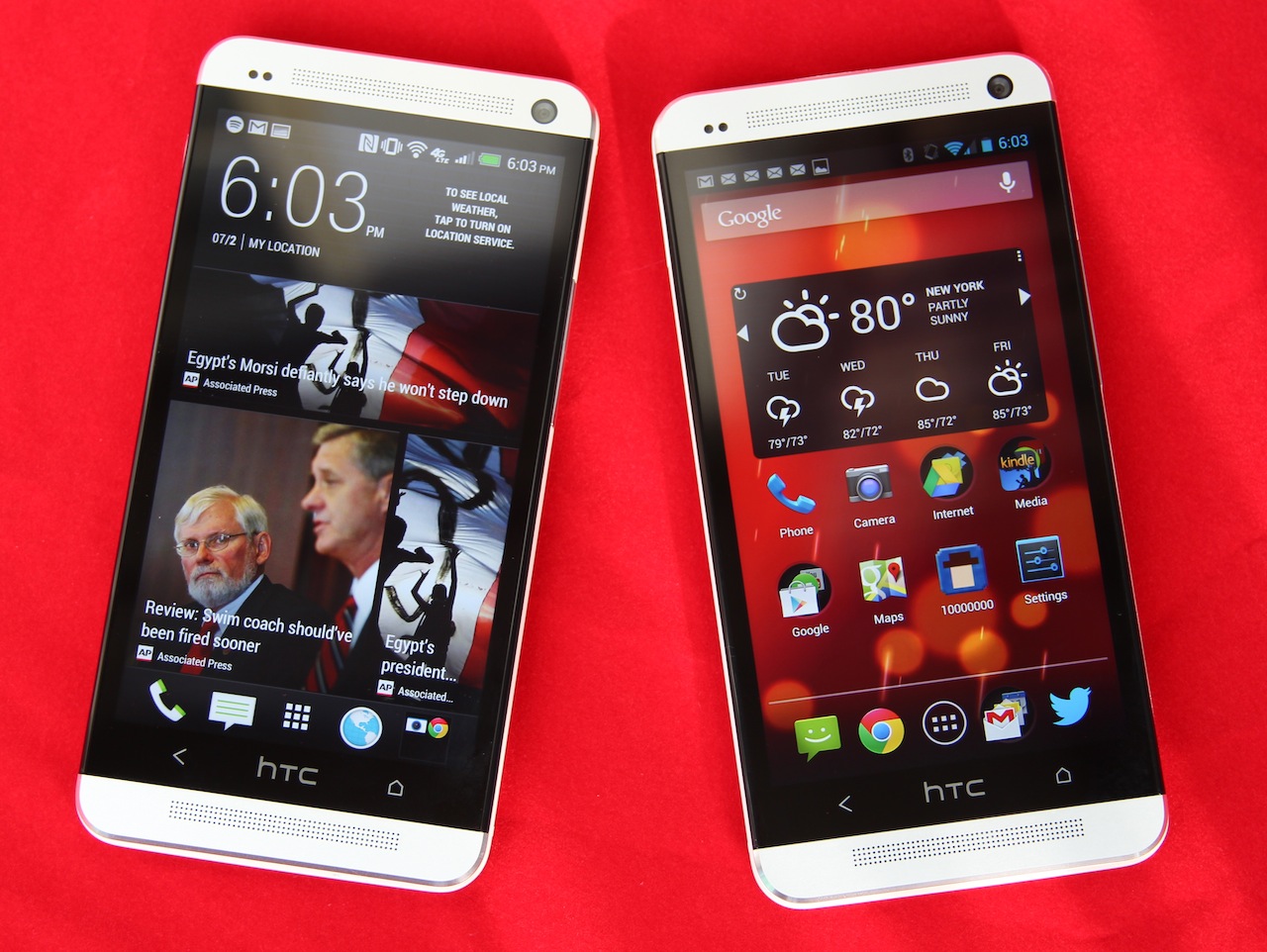
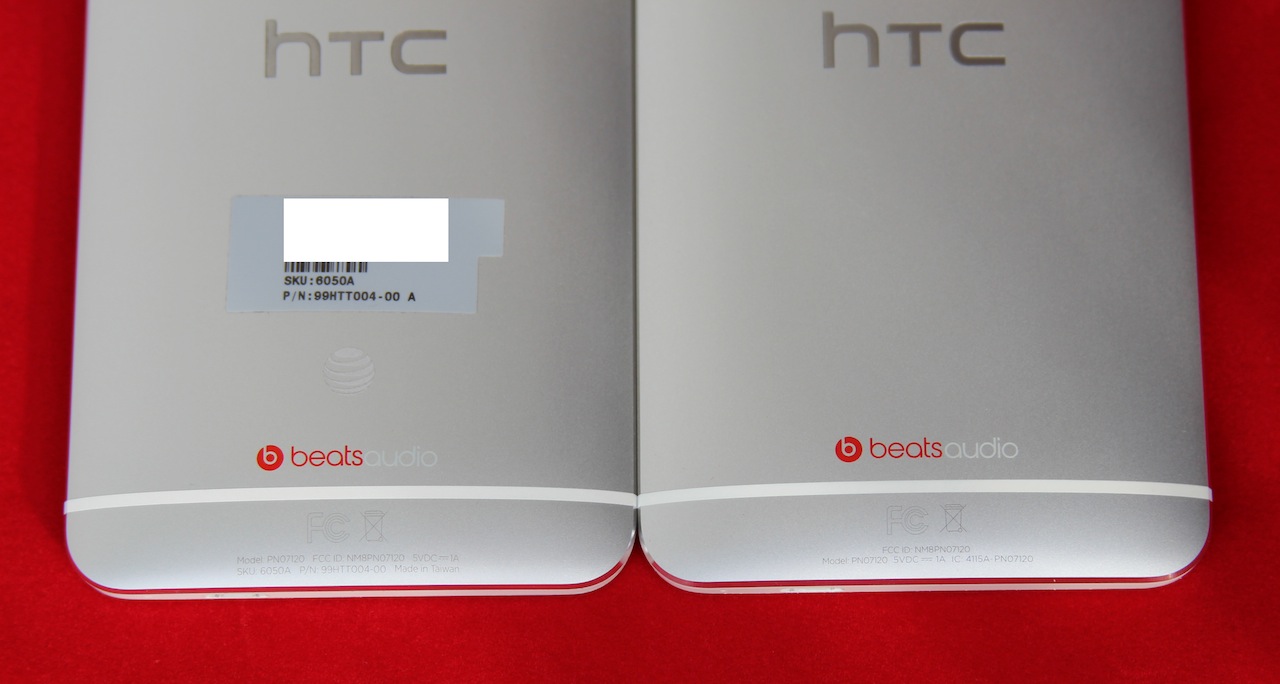
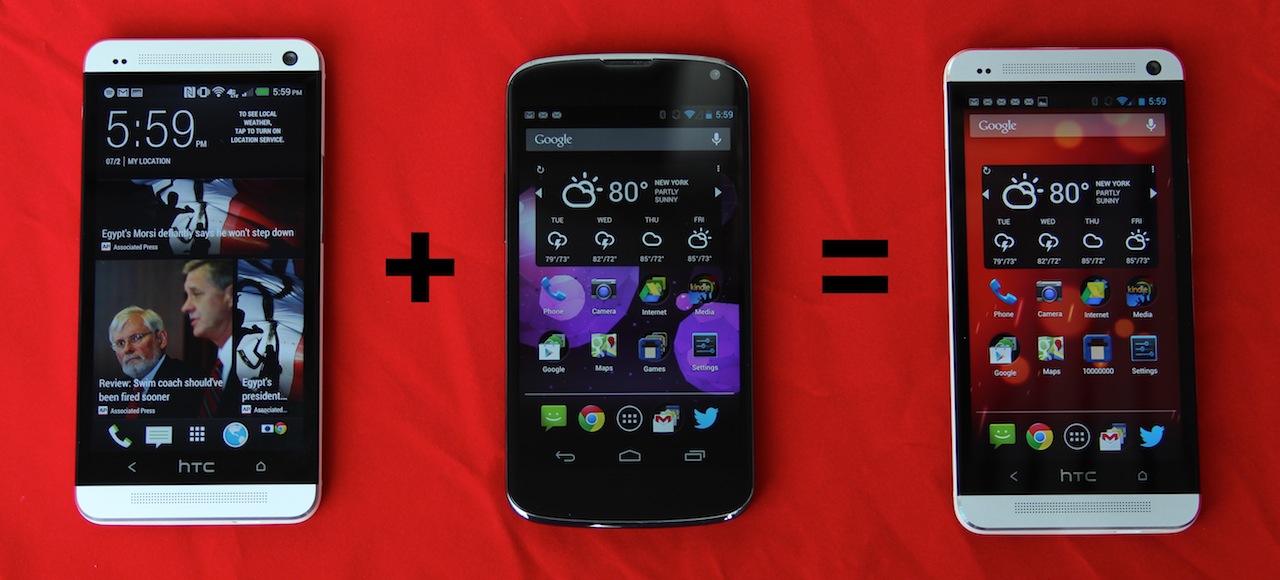
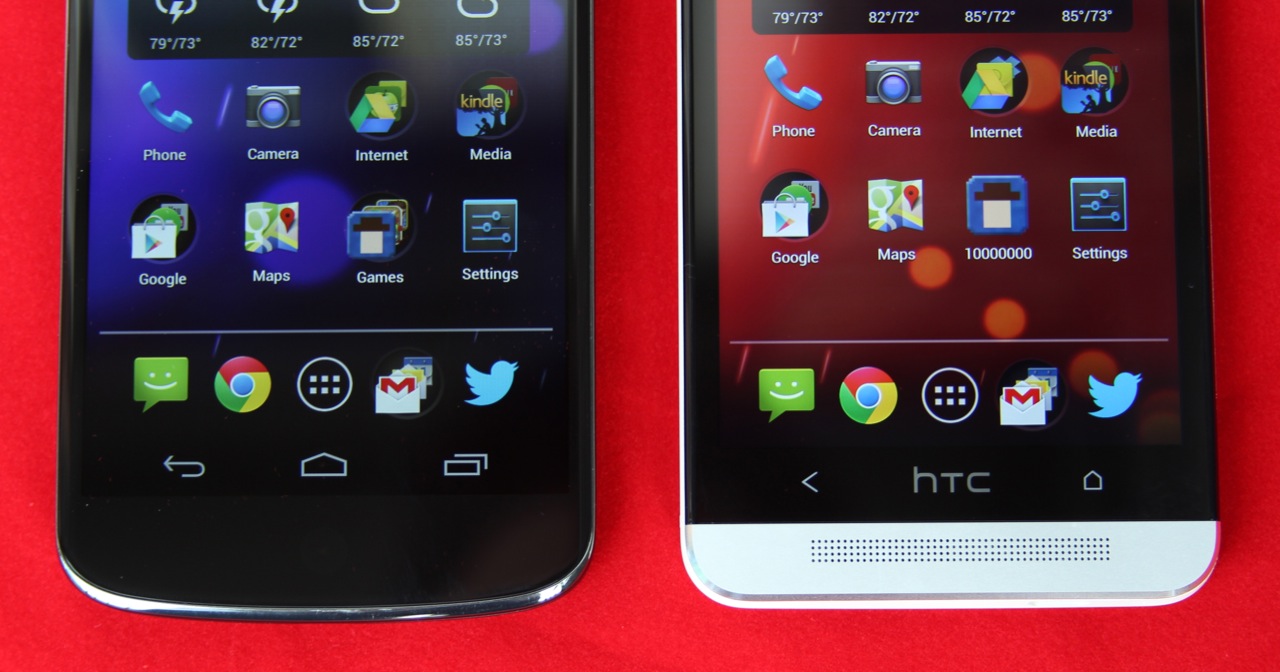
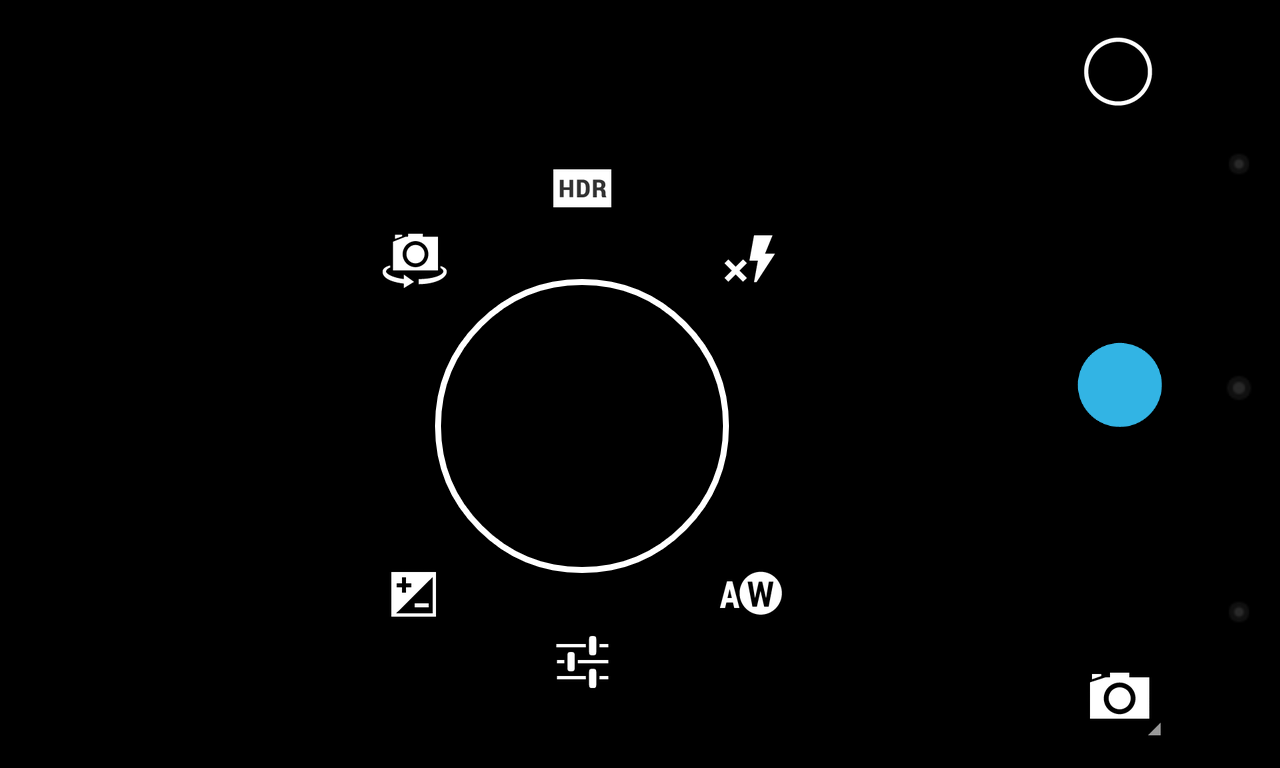

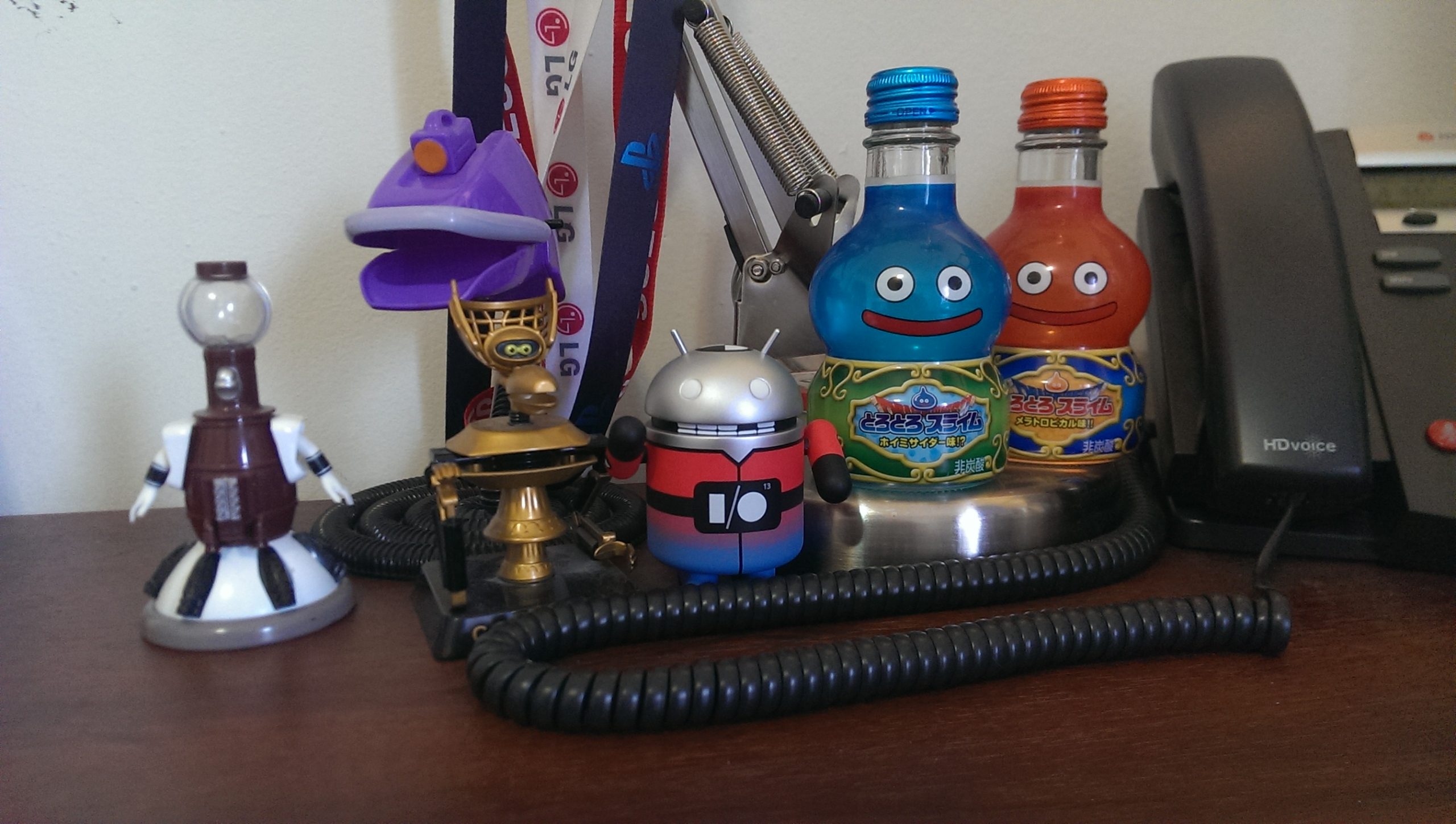
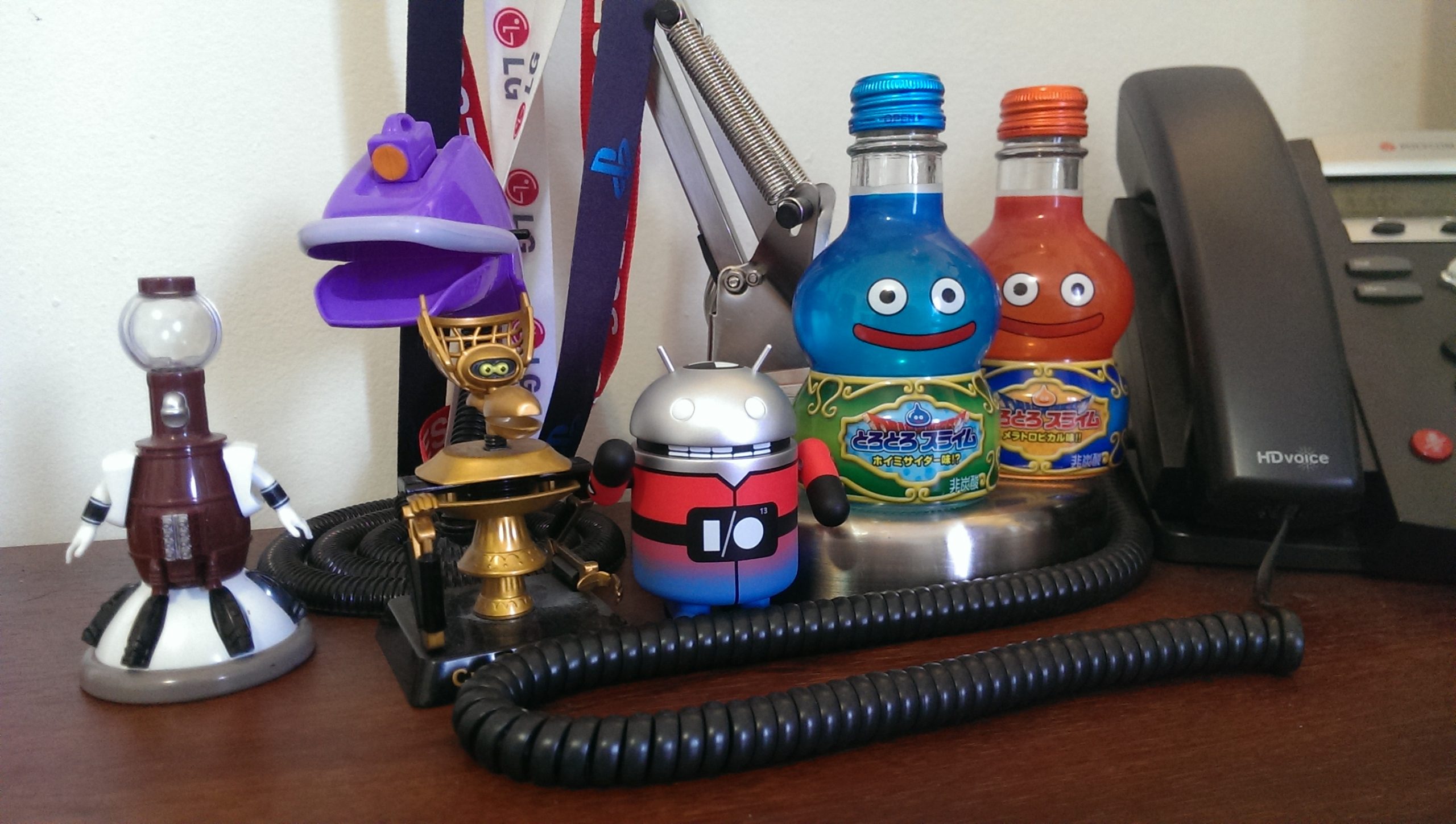


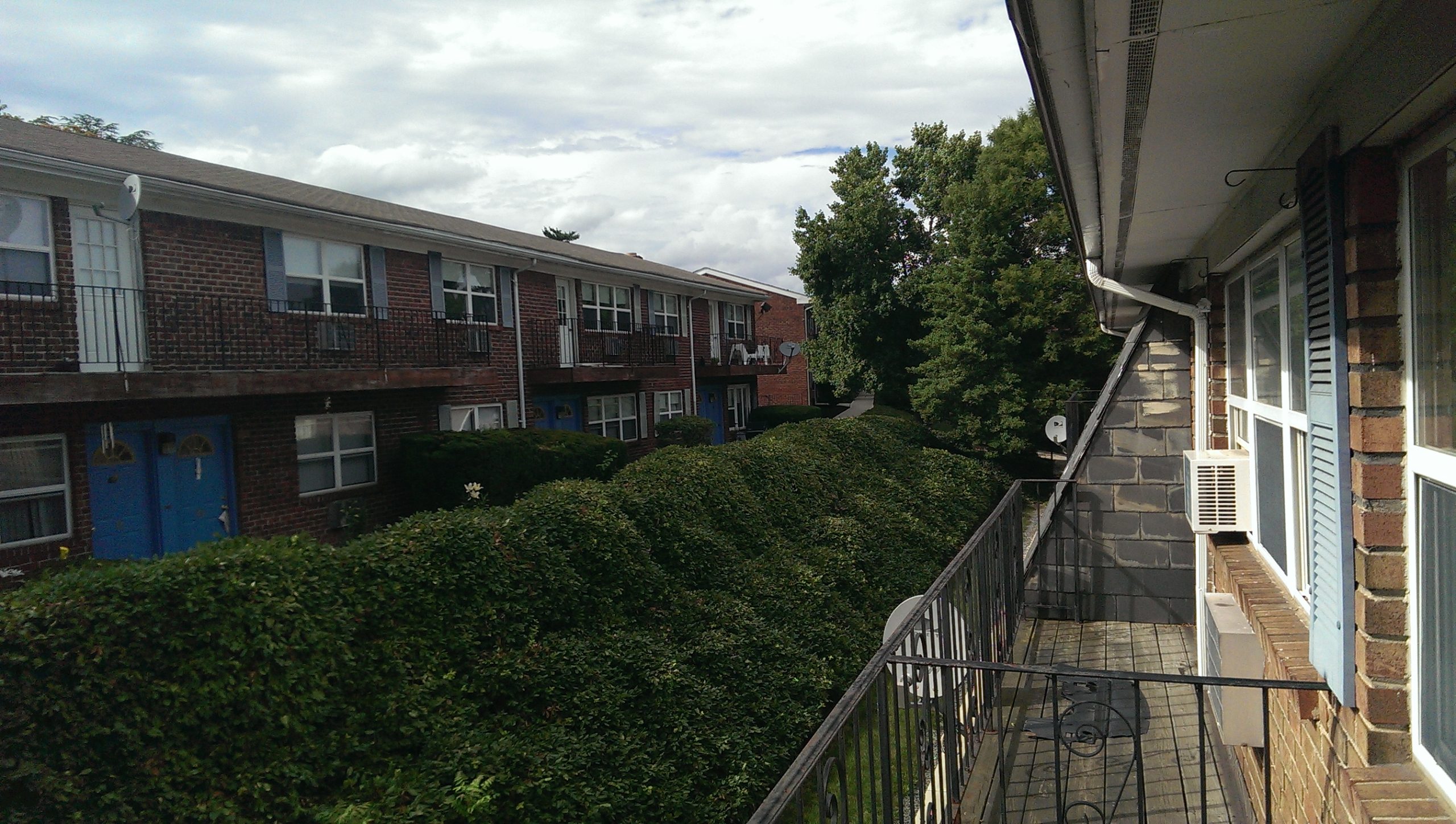
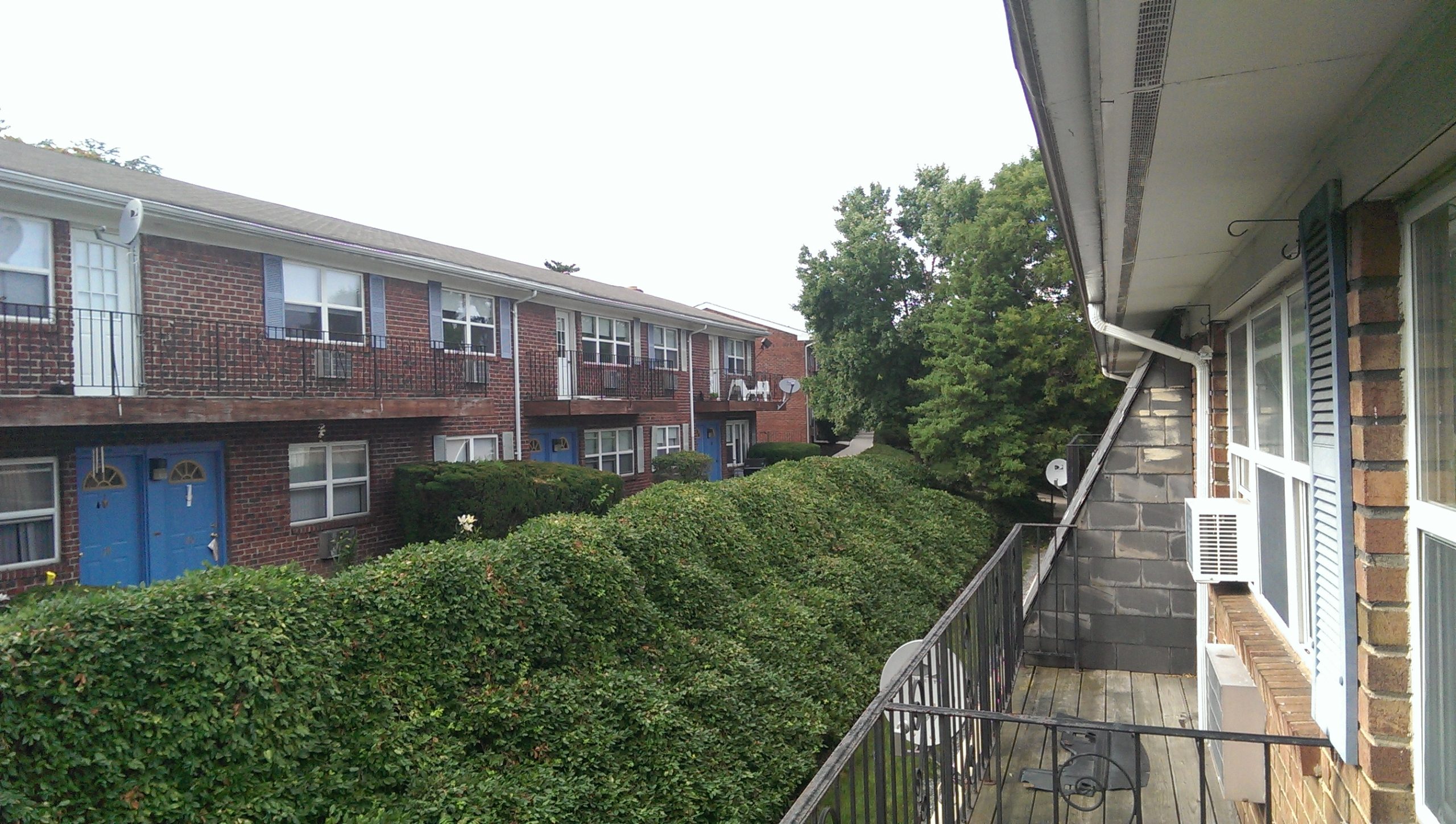


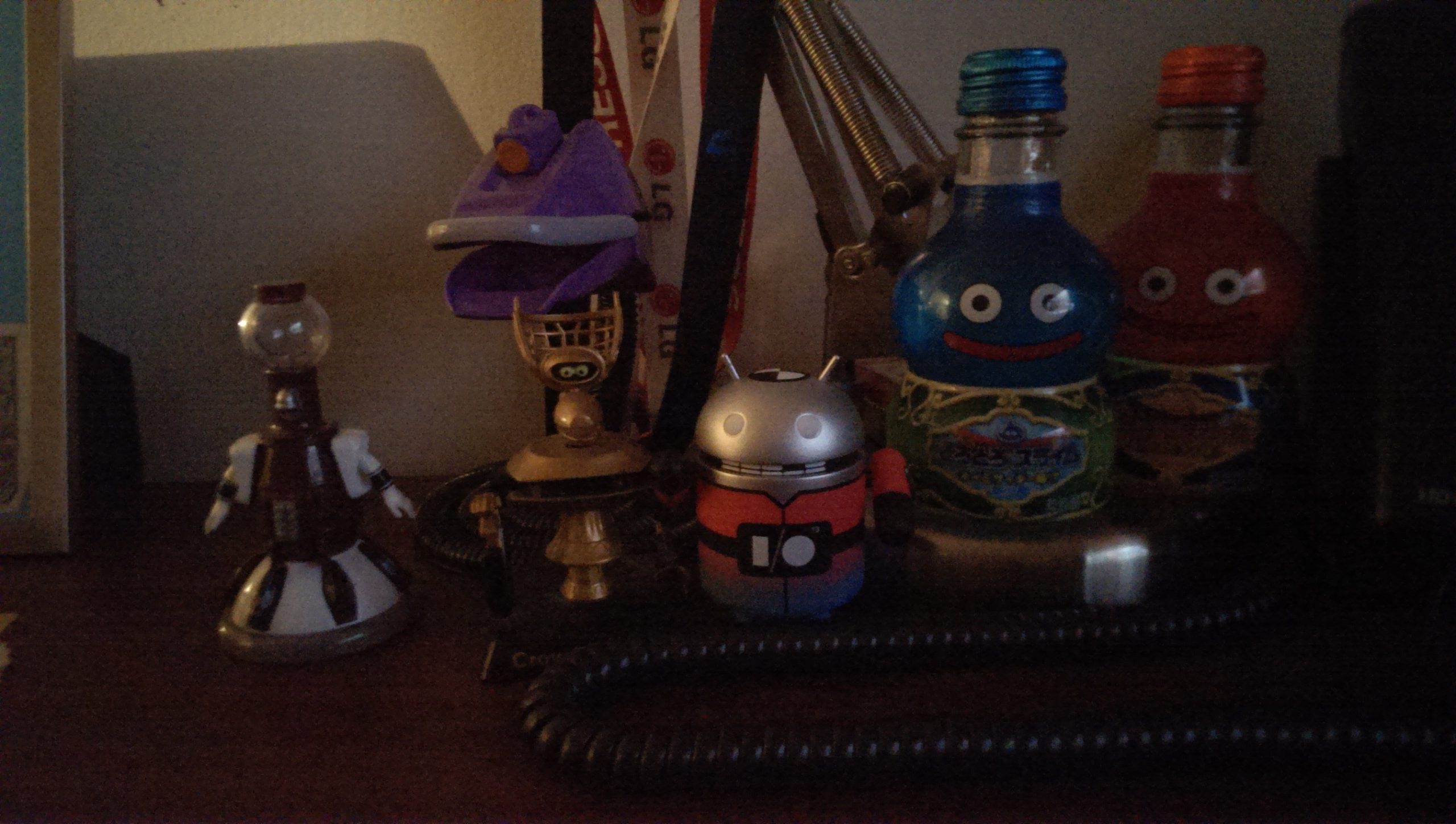
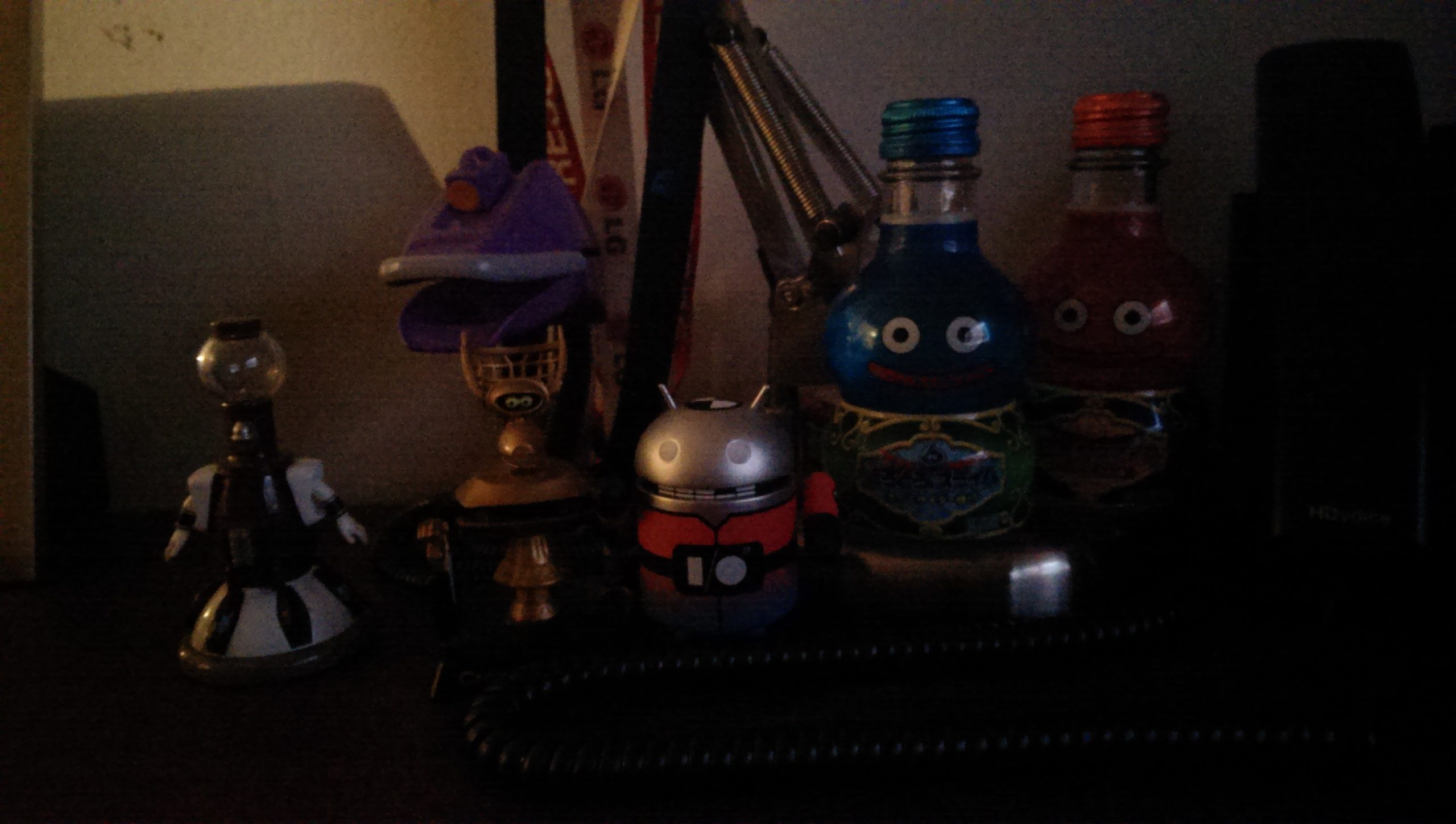










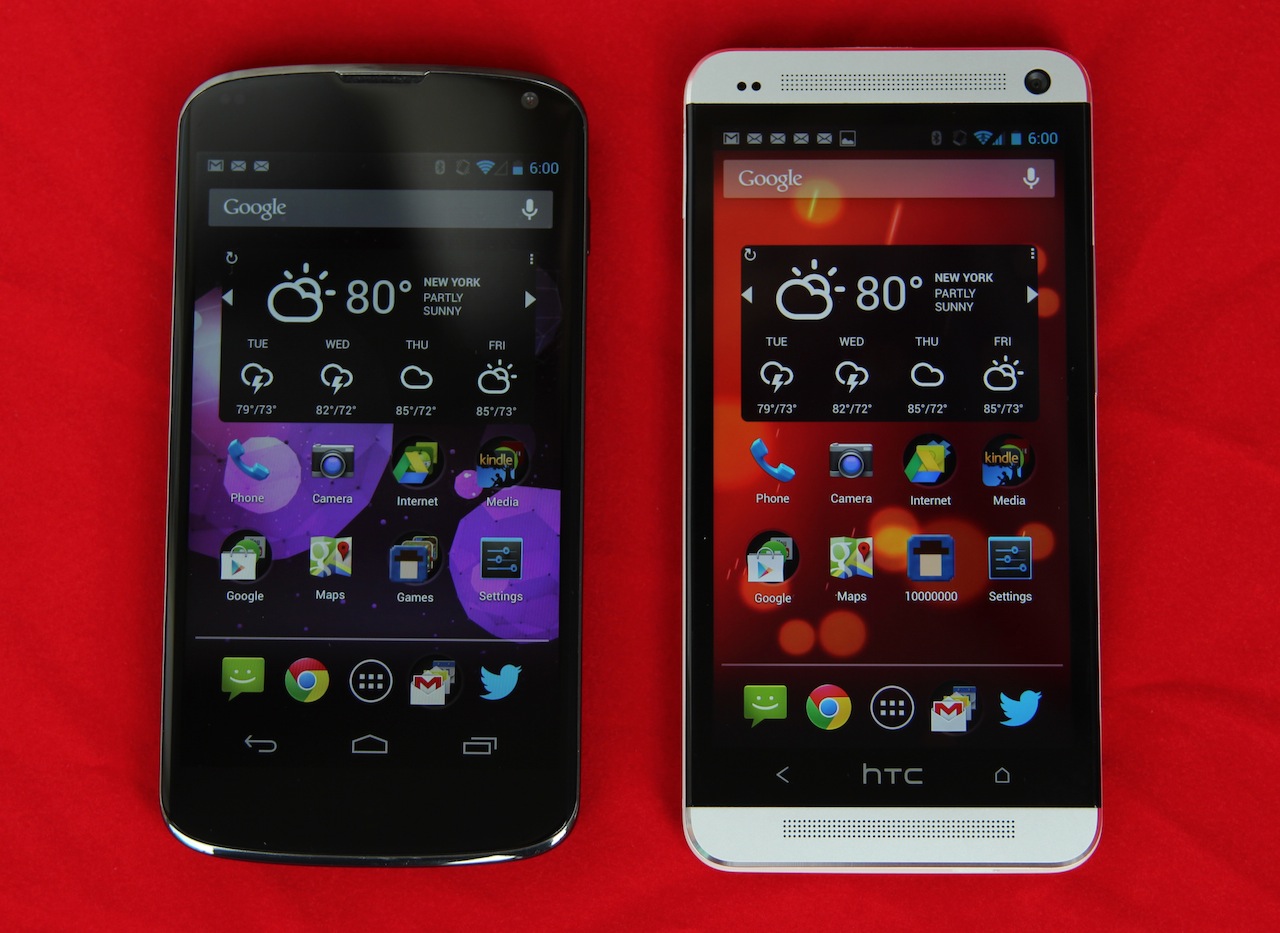

 Loading comments...
Loading comments...
